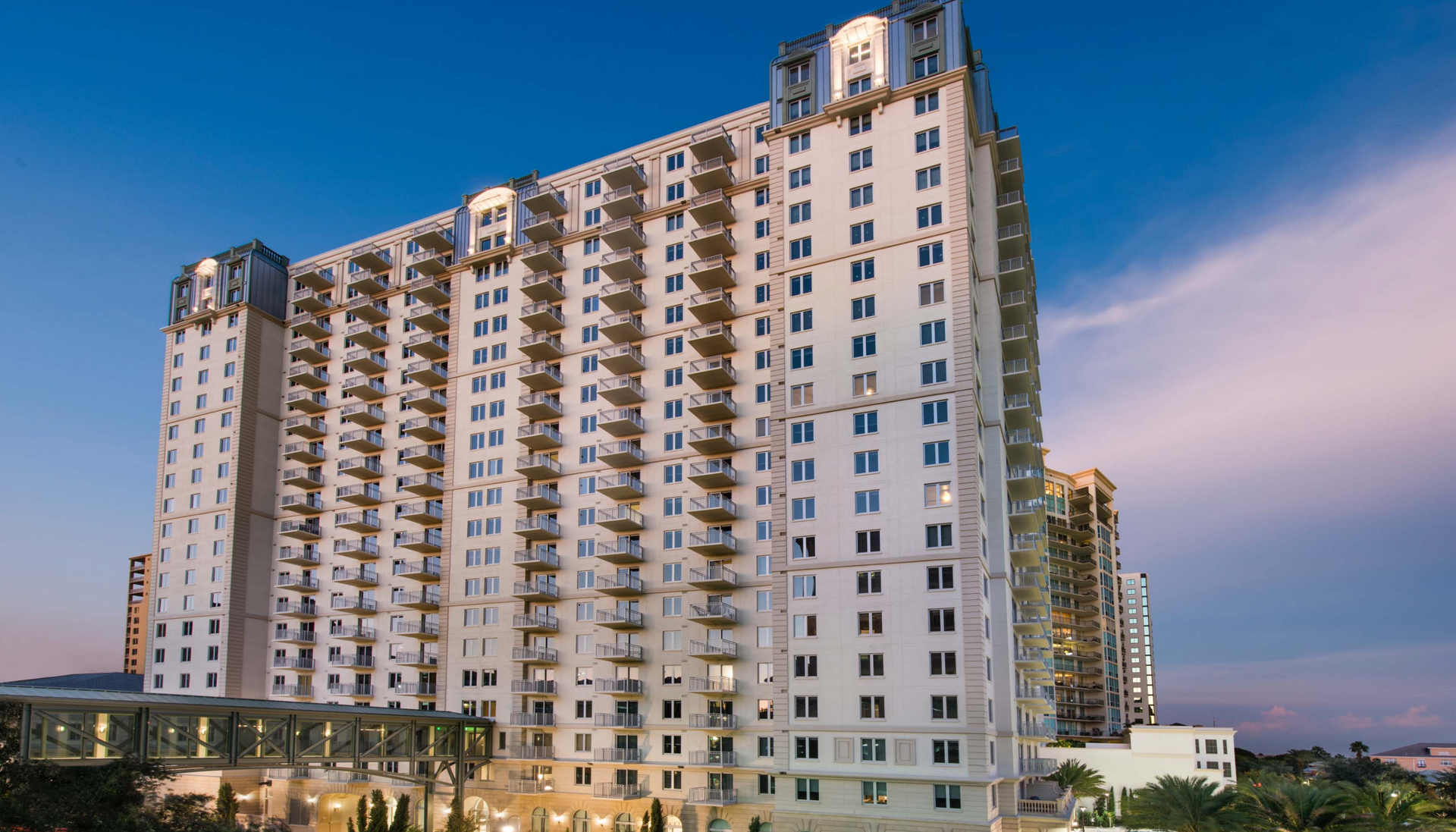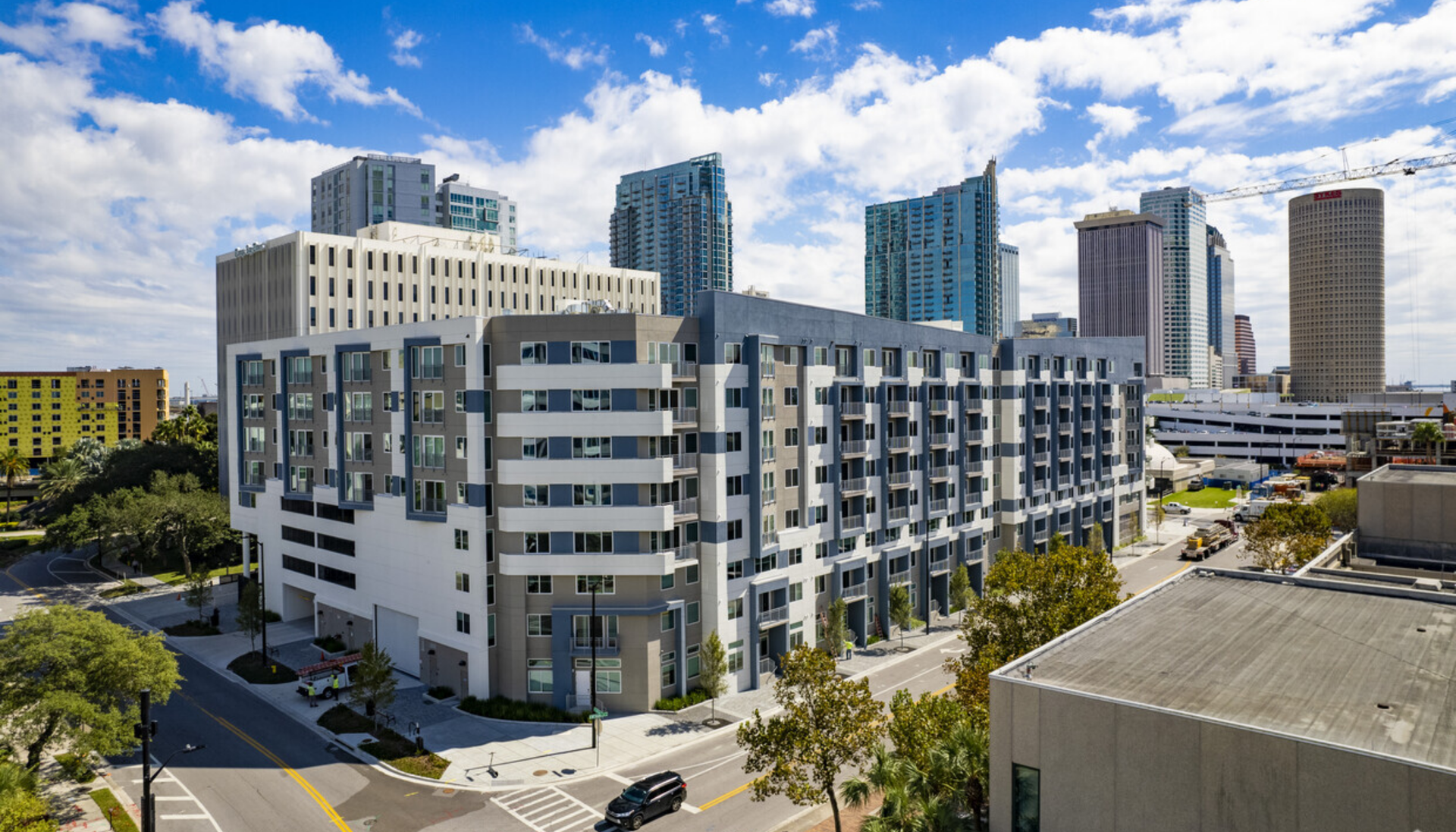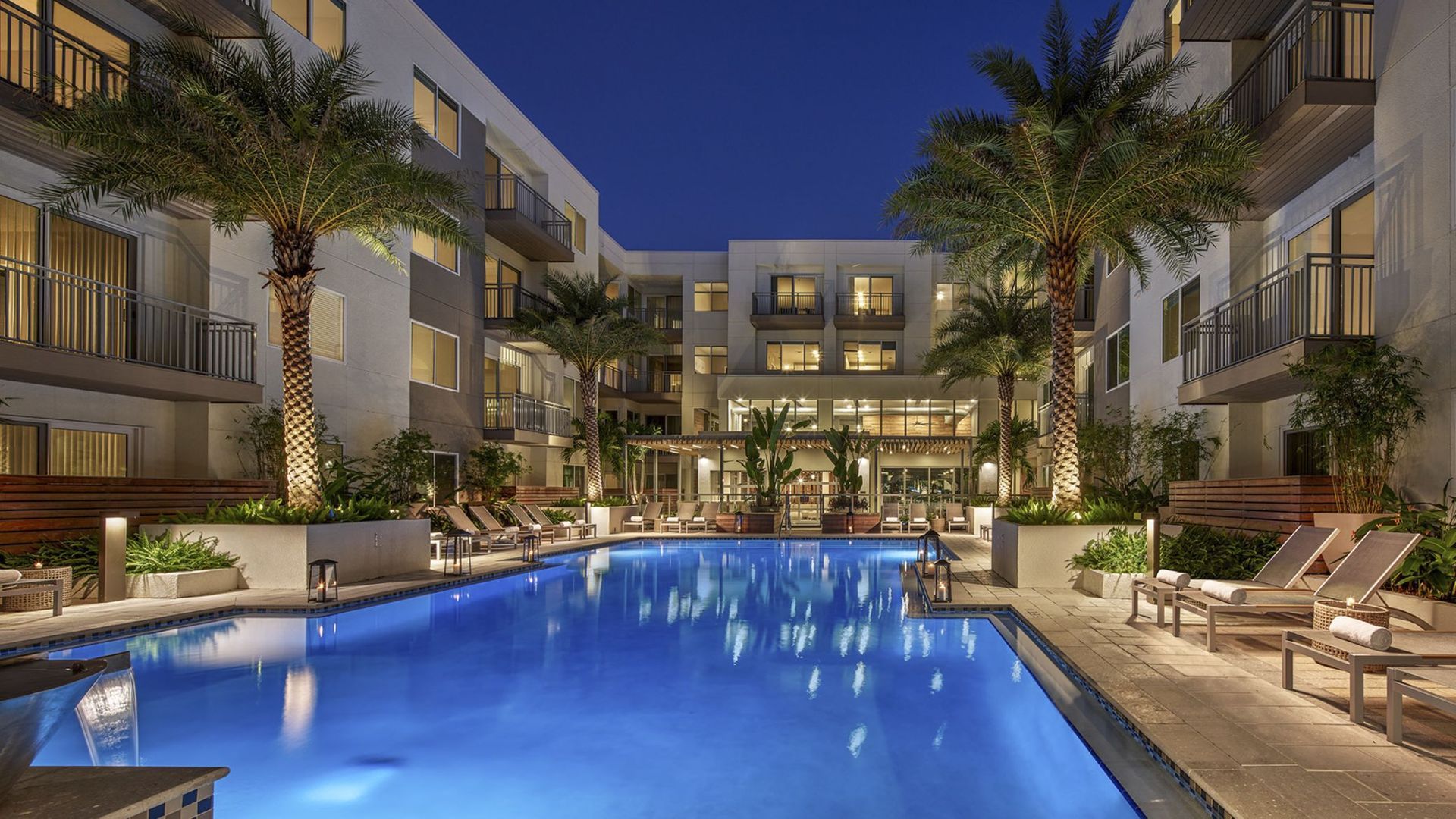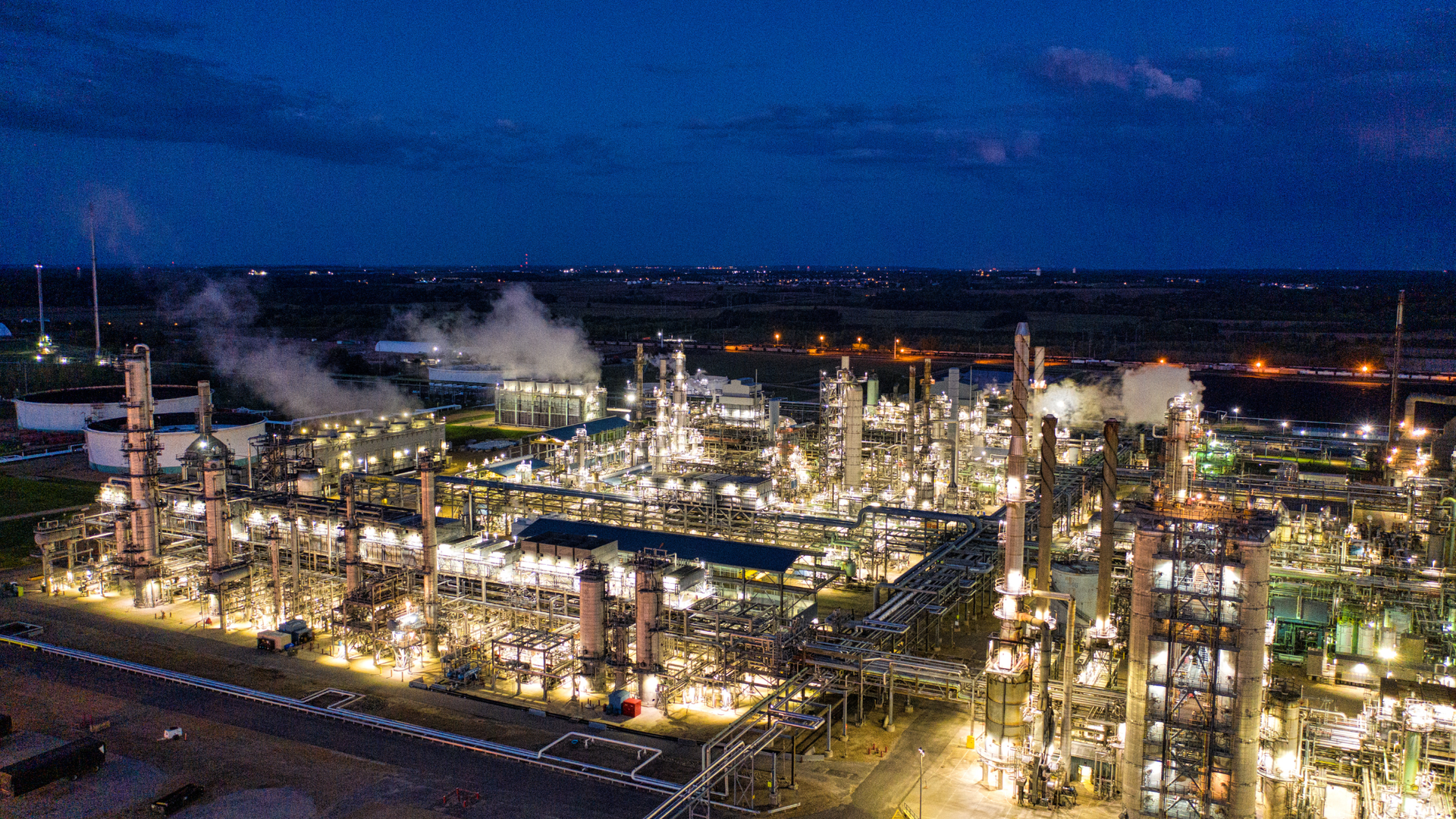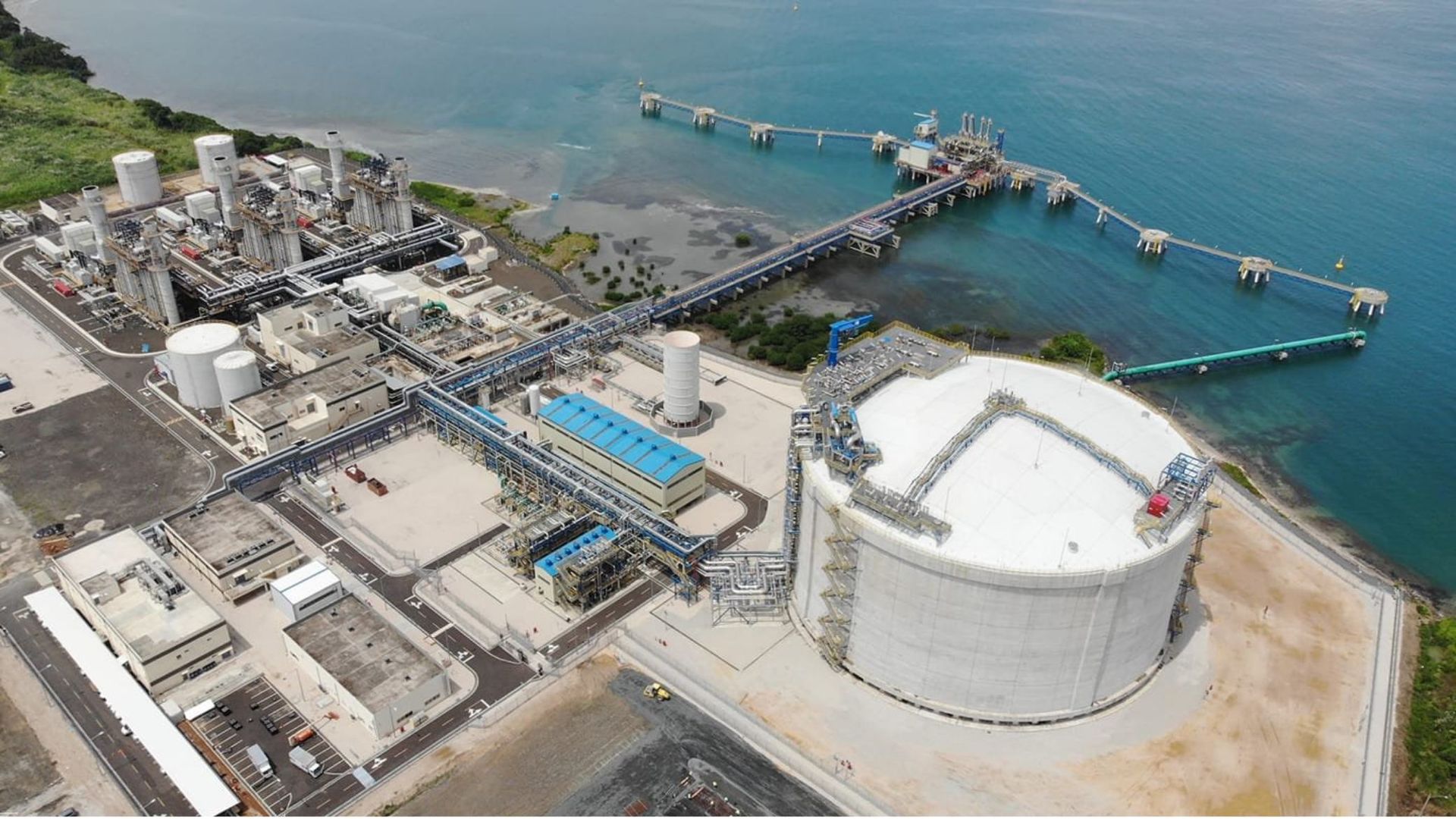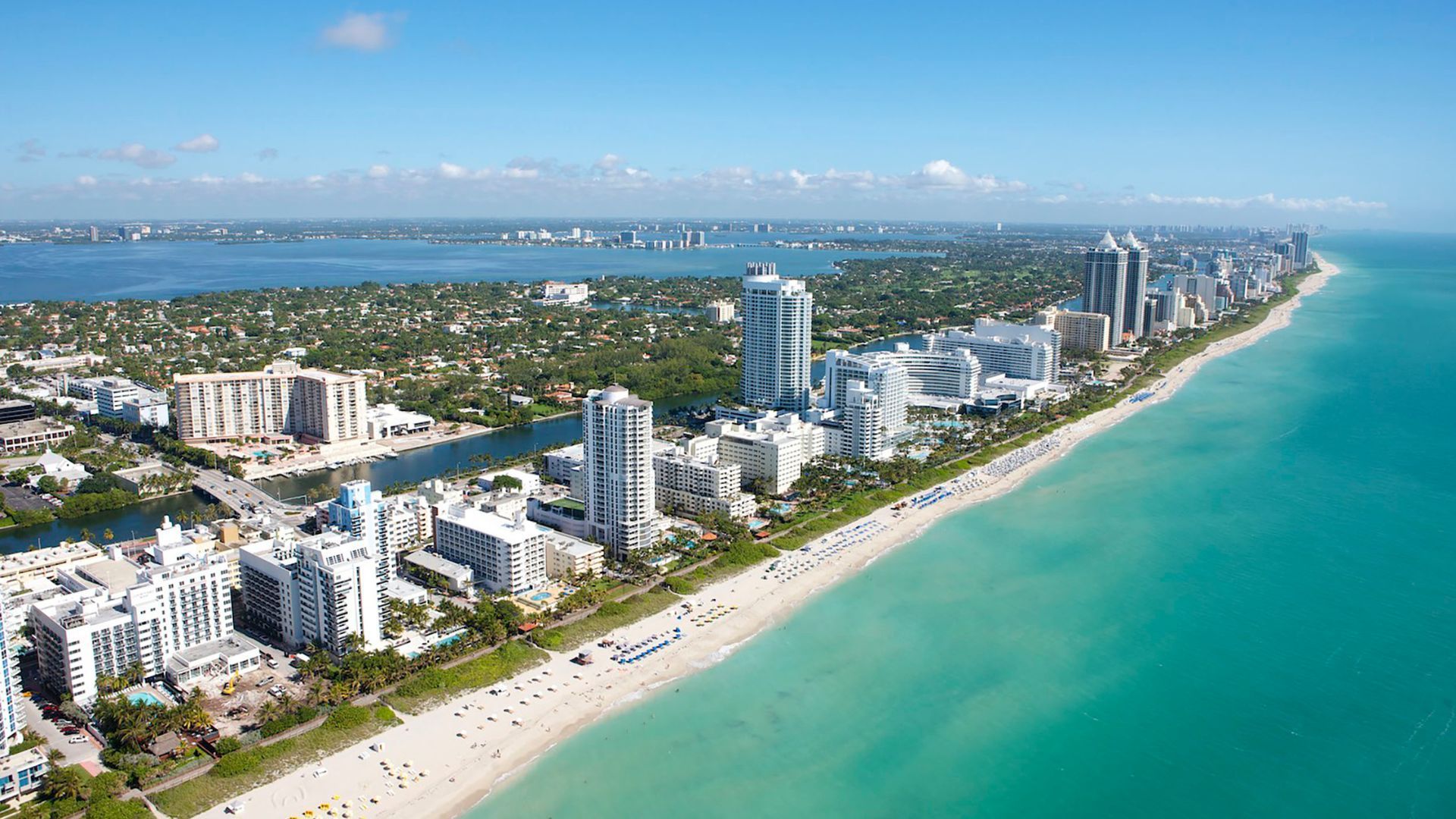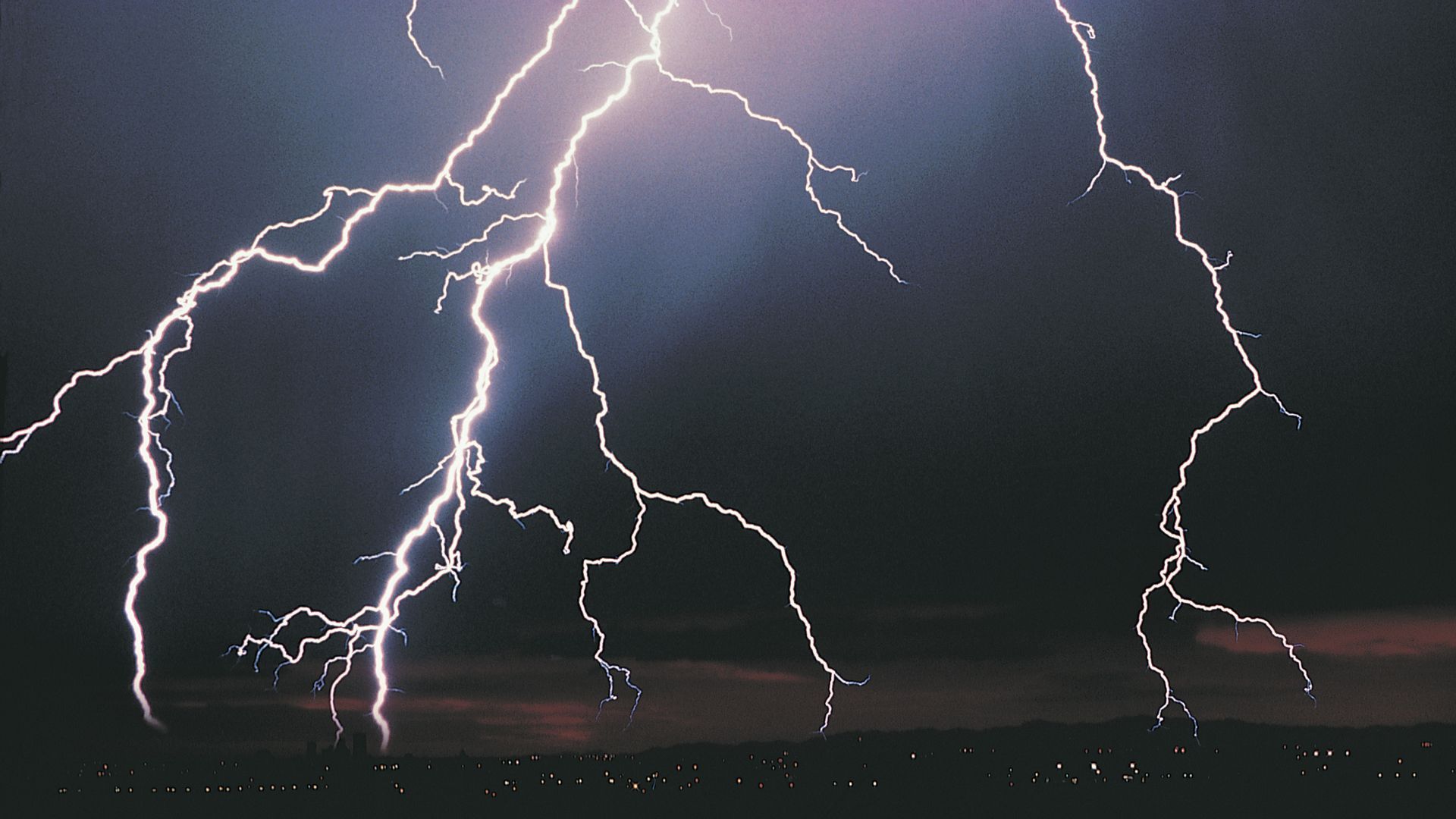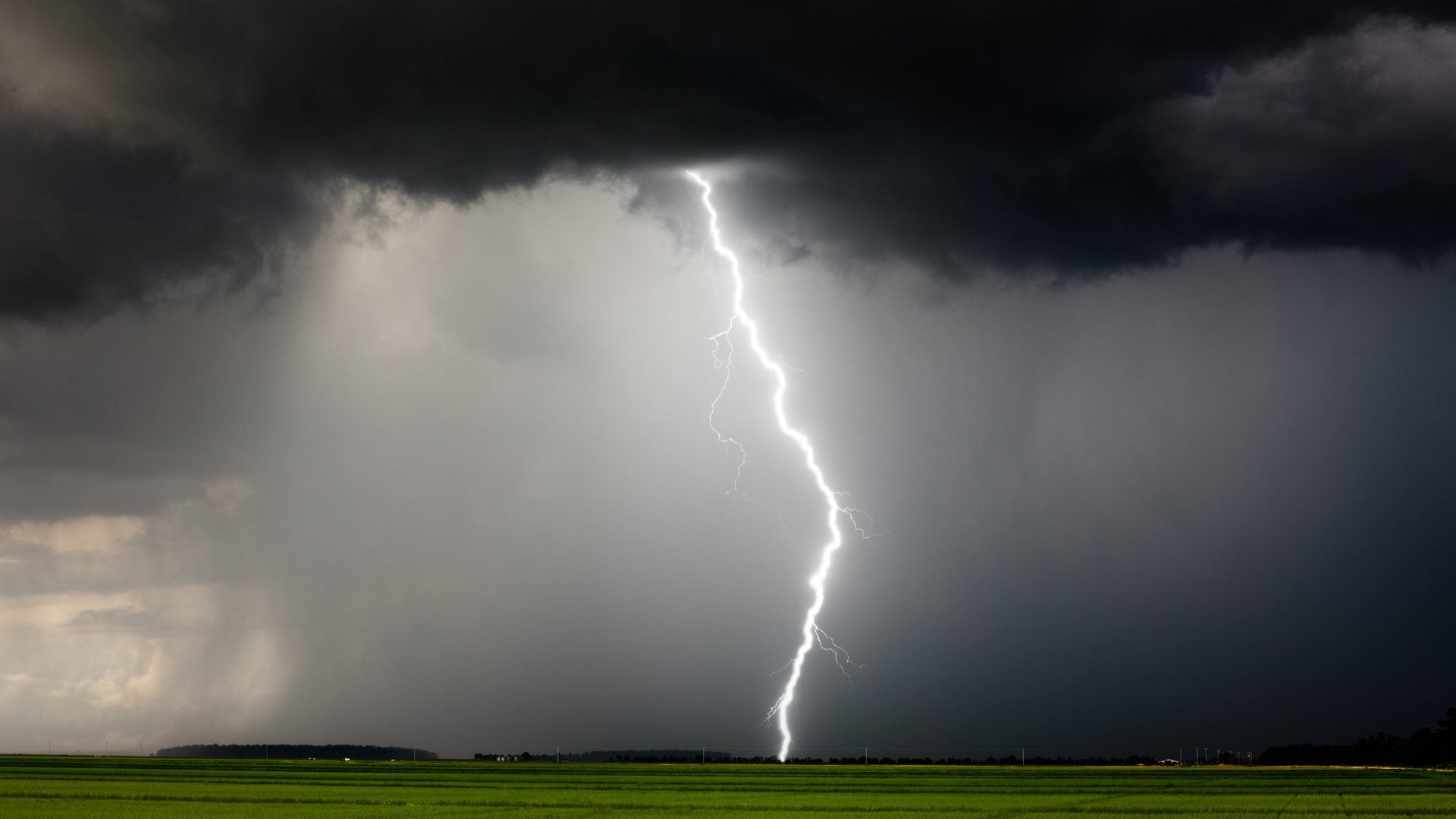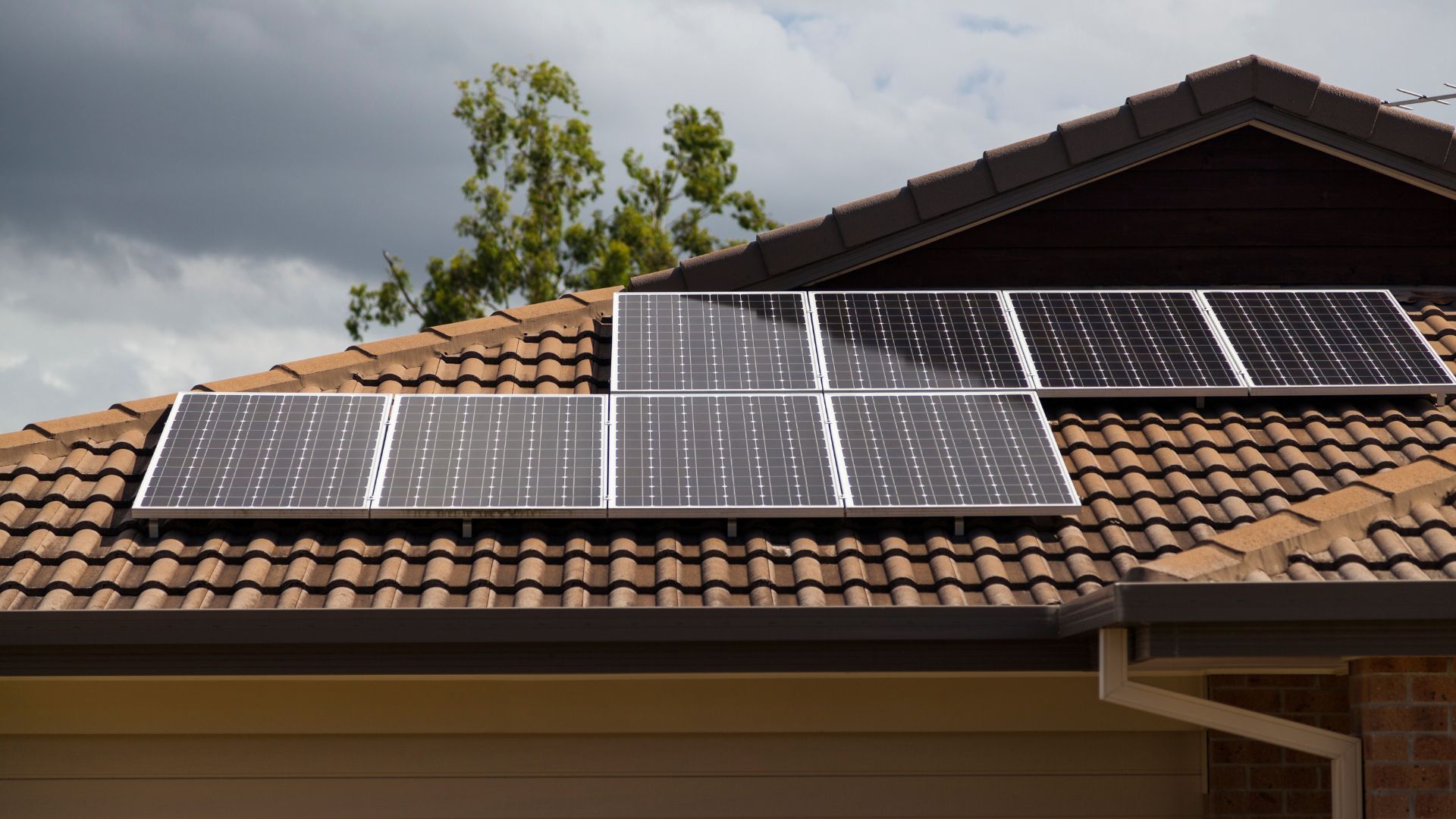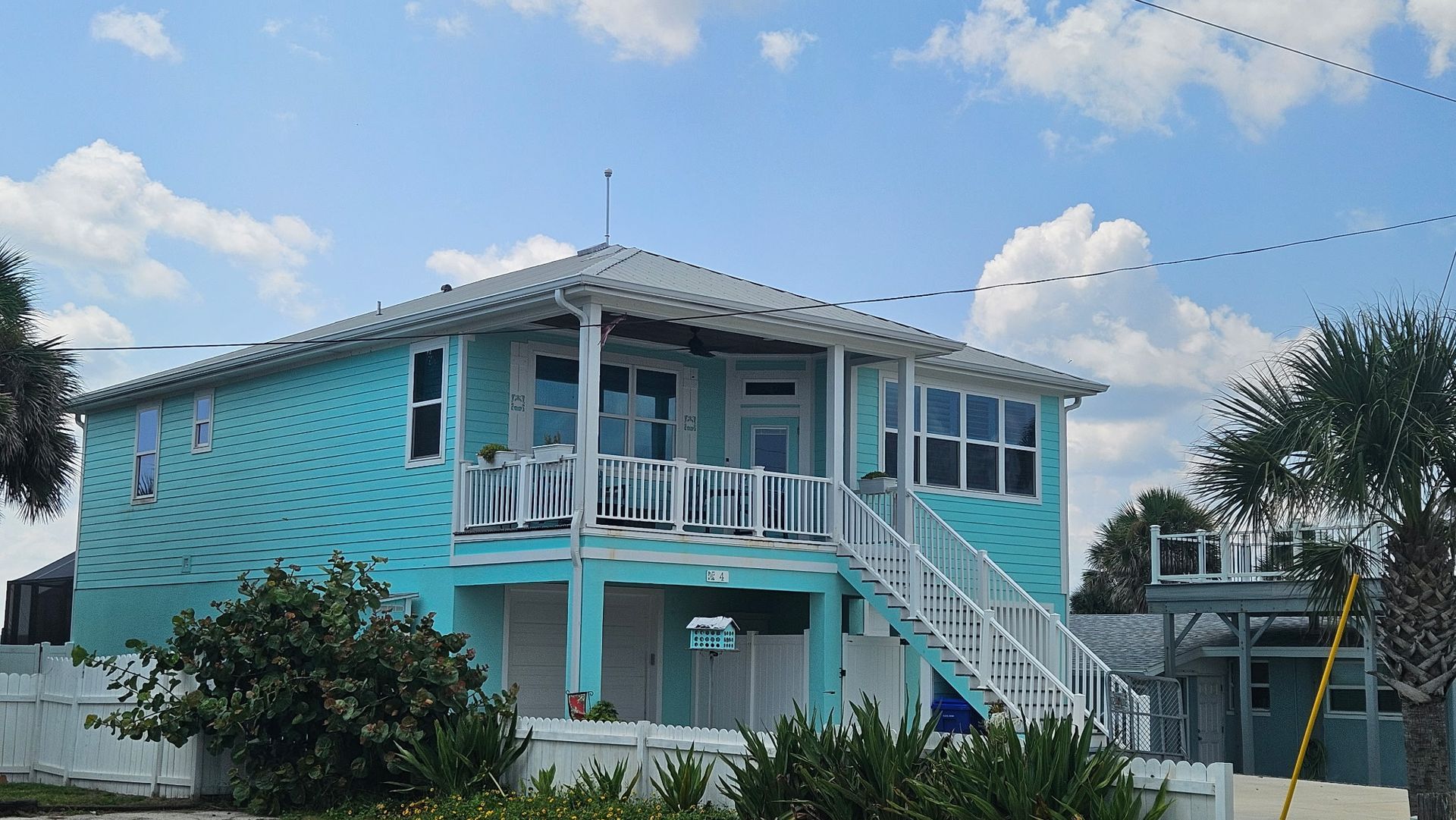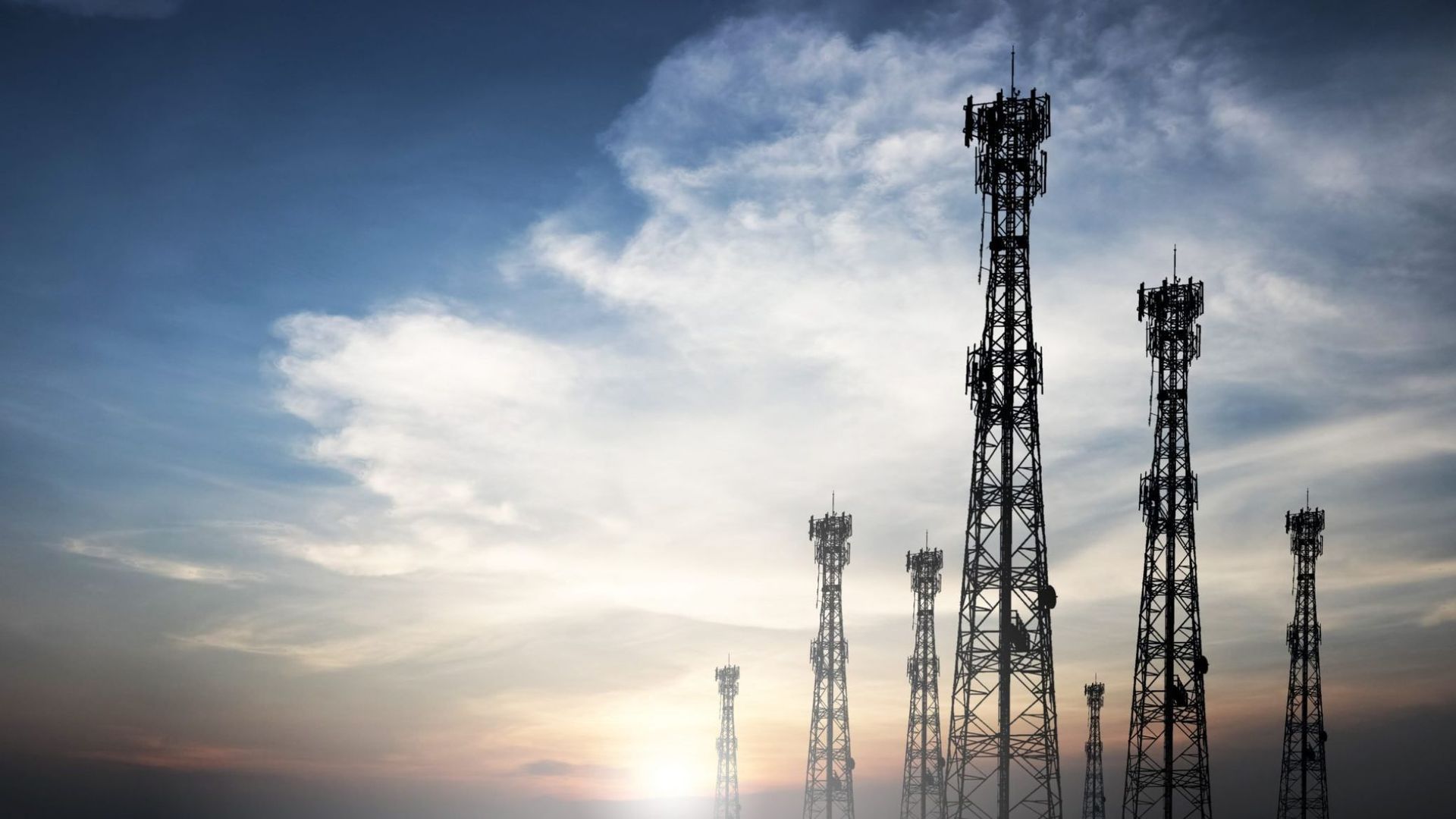Florida Lightning Report for Condominiums – Why High-Rises Need Superior Protection Now
Florida Lightning Report for Condominiums – Why High-Rises Need Superior Protection Now
Florida is famous for sun, sand — and lightning. Recent lightning monitoring from Vaisala’s Xweather Annual Lightning Report underscores what condo managers and property owners already know: Florida’s coastal metros see some of the highest lightning activity in the United States, and high-rise buildings (with tall, exposed surfaces and rooftop mechanical equipment) are especially vulnerable. Protecting your residents, critical building systems (elevators, fire pumps, building automation), and expensive assets should be a top priority when the data looks like this.
What the Vaisala Data Shows
- Miami–Fort Lauderdale metro: Vaisala flagged the Miami–Fort Lauderdale area as the most lightning-prone U.S. metropolitan area in recent reports — reporting on the order of 120,998 cloud-to-ground lightning strokes (the equivalent of ~35+ strokes per km² in the metro footprint in the cited period). That density makes South Florida uniquely exposed, especially for high-rise residential and commercial buildings.
- Florida state-level density and hot counties: Florida ranks at or near the top in state lightning density metrics reported by Vaisala (Florida’s lightning densities have been reported in the double-digits to triple-digits depending on the metric and year — for example, state-level figures reported in coverage range from ~91 to 112.6 events per km² in recent Vaisala summaries and media coverage), and several Florida counties (Polk, Palm Beach, etc.) reported extremely large total strike counts in the 2024 dataset (Polk County was cited with ~852,000 strikes in 2024 reporting). These high totals matter because they reflect frequent storms and repeat strikes in the same areas.
- Other Florida metros: Beyond Miami–Fort Lauderdale, other Florida metros such as Tampa, Orlando, Cape Coral, Palm Bay–Melbourne, and Jacksonville rank among the most lightning-prone metropolitan areas by strokes-per-area in Vaisala’s metro analyses — in short: the “Lightning Alley” across central and southern Florida produces regular, repeated lightning activity that endangers buildings and people.
Bottom line from Vaisala: Florida (and multiple Florida metros) show some of the highest lightning densities in the U.S. — this is not a one-off event but a persistent, measurable exposure that impacts infrastructure, operations, and safety.
Why Condos and High-Rises Are at Special Risk
High-rise condo buildings concentrate two risk factors:
- Height = attraction. Taller structures are more likely to be contacted by cloud-to-ground discharges or to experience dangerous nearby strikes that induce high voltages in building systems.
- Critical systems exposed. Elevators, building automation, rooftop HVAC, satellite/antenna arrays, and pool/pier areas are vulnerable to surges and direct strike damage. An outage or damaged component can mean major resident disruption and expensive repairs.
Given Florida’s lightning density, a conservative risk assessment should treat high-rise condo portfolios as a high priority for lightning mitigation.
CMCE Lightning Suppression – Superior Protection
Traditional lightning rods attract lightning strikes to structures and attempt to safely ground the high voltages. However, the CMCE Lightning Suppressor offers a superior approach: it’s engineered to prevent lightning strike formation over the protected structure, eliminating the chance that a strike occurs in the first place. For condos and apartment communities — where one strike can damage elevators, elevator motors, roofs, and electrical distribution — preventing strikes translates directly into avoided operational downtime, lower repair costs, and improved resident safety.
Key benefits for condo communities:
- Area protection: One CMCE unit covers large footprints (suitable for rooftop coverage and broad community footprints) — making it cost-effective versus installing extensive rod systems on every tower/structure.
- Reduces operational interruptions: Prevents surge events that commonly take elevators, pool systems, and building automation offline.
- Durability & low maintenance: Designed for outdoor exposure and continuous operation with minimal maintenance.
Real Results – CMCE in Florida Communities
We already protect multiple condo and apartment communities across Florida, including:
- Olympus Harbour Island – Tampa, Florida
- AVE Living Apartments – Tampa, Florida
- Minneola Hills Apartments – Minneola, Florida
- Southwinds Condos – Vero Beach, Florida
- Galt Ocean Club Condos – Fort Lauderdale, Florida
- Barcelona Condos – Miami, Florida
- Sunset Harbour Condos – Miami Beach, Florida
- And more...
These installations show that the CMCE Lightning Suppression system is deployable at scale across both single high-rise buildings and multi-building communities in Florida’s lightning environment.
Don’t Wait for Lightning to Strike
Contact us today at (888) 318-2333 or cmcesales@capitolelectronics.com to request a custom CMCE Lightning Suppression quote for your property.

